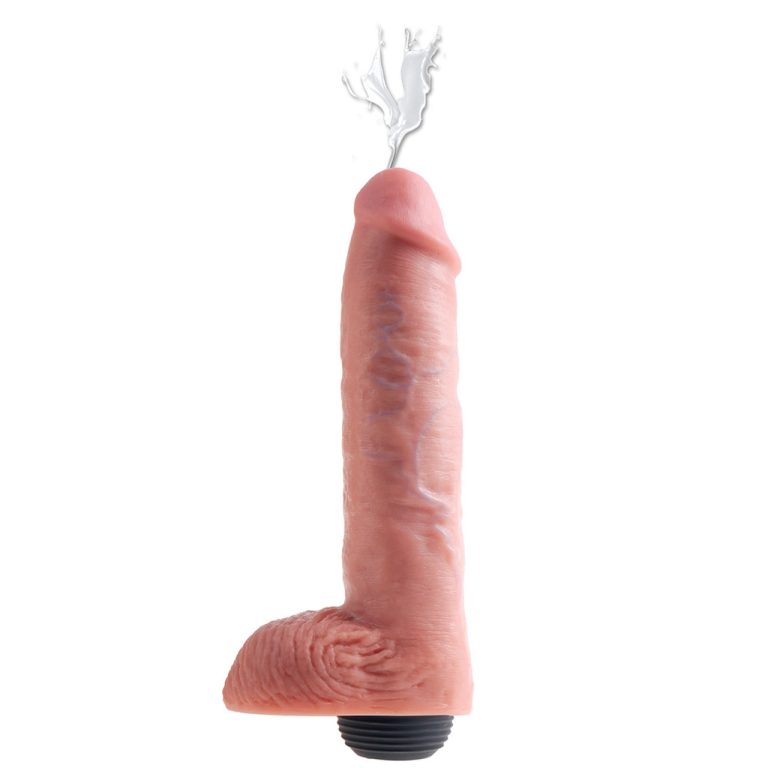
Black Shadows © 2013 -
Mentions légales/Policies
Mentions légales/Policies

It seems there may be a misunderstanding or possibly a mistyped search term in your request, specifically « penguin clit sucker. » Based upon clinical understanding and biological research studies of penguins, there is no documented habits or anatomical function fitting this explicit description.
It’s possible this term is being utilized colloquially or humorously, or possibly it stems from a misconception of penguin breeding rituals or anatomy. To address your demand in an accountable and useful method, and presuming your interest lies in penguin breeding behaviors and maybe the subtleties of their sexual interactions, I will compose an article concentrating on the remarkable and complex world of penguin courtship and recreation.
This short article will explore the real habits penguins display throughout mating, their anatomy relevant to reproduction, and common observations and scientific understandings of their interactions. We will ensure the short article is helpful, keeps a third-person point of view, includes lists and FAQs, and falls within the 900-1200 word variety.
Please comprehend that the explicit term in your topic is not clinically accurate or suitable for explaining penguin behavior. However, we can check out the appropriate elements of penguin breeding biology in a detailed and useful manner.
Penguins, those charismatic, flightless birds of the Southern Hemisphere, are renowned for their tuxedoed appearance, waddling gait, and remarkable adjustments to harsh environments. Beyond their charming public image, penguins possess a complex and interesting social life, especially when it comes to courtship and recreation. While the specifics of their breeding habits may in some cases be misinterpreted or sensationalized, comprehending the true nature of penguin interactions exposes a world of elaborate routines, strategic partnerships, and dedicated parental care.
This article will check out the fascinating complexities of penguin breeding, clarifying their courtship rituals, the mechanics of recreation, and the commitment they display in raising their young. By delving into these aspects, we can move beyond possibly deceptive terms and value the real wonder of penguin clitoris reproductive biology.
Courtship: A Symphony of Signals
Penguin courtship is far from a simple affair. It’s a carefully managed dance of vocalizations, physical display screens, and sometimes, even gift-giving. These rituals serve numerous key purposes: bring in a mate, establishing set bonds, and synchronizing breeding cycles. The specific courtship behaviors can vary throughout penguin species, but some common styles emerge:
The Mating Process: A Quick and Efficient Affair
As soon as courtship has actually successfully led to combine bonding and synchronized preparedness for recreation, the actual breeding procedure is reasonably swift and efficient. Penguin anatomy is adapted for their marine lifestyle, and their reproductive methods reflect this.
Adult Care: A Shared Responsibility
Penguin reproduction is not exclusively about breeding; it’s deeply intertwined with intensive parental care. Both parents play vital functions in ensuring the survival of their offspring.
Difficulties to Penguin Reproduction
penguin satisfyer how to use populations face various difficulties that affect their reproductive success. Understanding these difficulties is important for conservation efforts:
Conclusion: Appreciating Penguin Mating in its True Form
Penguin breeding is a complex and interesting aspect of their lives, far eliminated from any simple or sensationalized descriptions. It involves elaborate courtship rituals, effective reproductive systems, and devoted parental care. By comprehending the real nature of penguin mating habits– from vocalizations and physical displays to the cloacal kiss and shared parental duties– we acquire a deeper appreciation for these impressive birds and the obstacles they deal with in a changing world. Moving beyond misconceptions and focusing on scientific understanding is necessary for reliable penguin conservation and making sure these renowned animals continue to prosper.
Often Asked Questions (FAQs) about Penguin Mating
Q: Do penguins mate for life?
A: Penguins are generally considered seasonally monogamous. This means they usually match with the very same mate for a single breeding season. While some sets might reunite in subsequent years, « divorce » does occur, and penguins might change mates. The strength of set bonds and mate fidelity can differ across types.
Q: How do penguins attract a mate?
A: Penguins utilize a range of courtship shows to bring in mates, including vocalizations (calls), physical screens like head bobbing and bowing, preening, and in some types, gift-giving in the kind of pebbles. These rituals help penguins recognize ideal partners, develop pair bonds, and integrate their breeding cycles.
Q: What is a « cloacal kiss » in penguin breeding?
A: The « cloacal kiss » describes the approach of sperm transfer in penguins and other birds. Since they do not have external genitalia, penguins reproduce by aligning their cloacas– multi-purpose openings– and the male deposits sperm into the female’s cloaca. This is an extremely fast process.
Q: Do both penguin moms and dads look after the chicks?
A: Yes, in most penguin types, both parents play important functions in raising their chicks. They share incubation duties, take turns brooding and feeding the chicks, and safeguard them from predators. This shared parental care is necessary for chick survival.
Q: What are a few of the greatest risks to satisfyer pro penguin clitoral stimulator reproduction?
A: Major risks to womanizer penguin reproduction consist of environment change (impacting habitat and food sources), habitat loss and destruction, overfishing (lowering food schedule), predation, and contamination. These obstacles substantially affect penguin populations worldwide.
Q: Where can I discover more about penguin breeding and habits?
A: Reputable sources for discovering more about penguins consist of:
List of Penguin Courtship Behaviors:

List of Challenges to Penguin Reproduction: